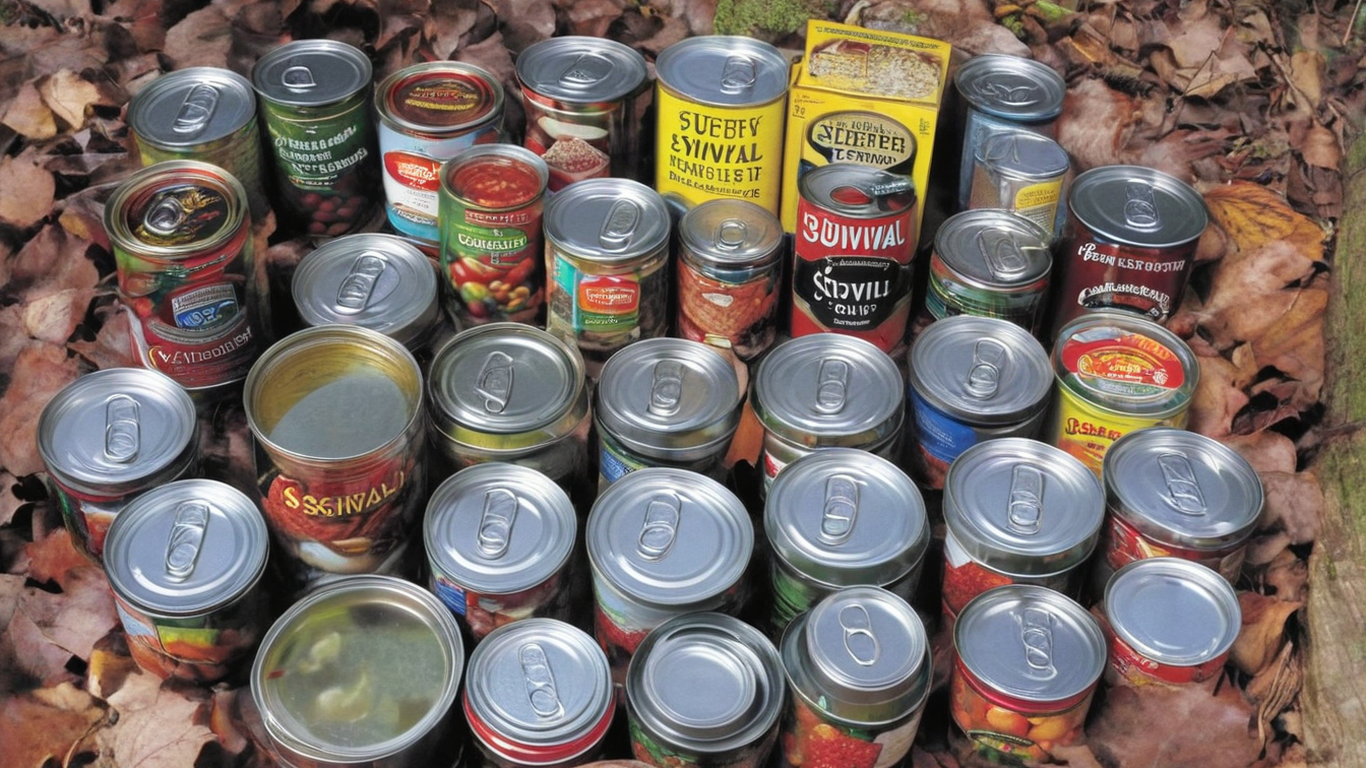You Have 90 Minutes to Evacuate. What Do You Grab?

When the unthinkable happens, and you have just 90 minutes to evacuate, the decisions you make can profoundly impact your safety and well-being. This critical period requires swift, decisive action and a clear understanding of what essentials to grab to ensure your survival and comfort. Here, we delve into the crucial items you should prioritize, providing a detailed guide to help you prepare for such emergencies.
The Importance of a Pre-Planned Evacuation List
In moments of crisis, panic and chaos can cloud judgment. Having a pre-planned evacuation list can make the difference between life and death. This list should include items that ensure your immediate safety, provide basic needs, and protect your personal identity and finances.
1. Essential Documents and Identification
Your identity and critical records are paramount. Here are the vital documents you need:
- Passports and ID cards: Essential for identification and crossing borders if necessary.
- Birth certificates: Proof of identity and essential for re-establishing your life.
- Insurance policies: Health, home, and auto insurance documents are crucial for claims.
- Property deeds and leases: Proof of ownership or rental agreements.
- Financial documents: Bank account details, credit cards, and emergency cash.
- Medical records: Information on prescriptions and medical history.
- Emergency contact list: Phone numbers and addresses of family and friends.
2. Emergency Kit
An emergency kit is indispensable. Ensure it includes:
- First aid kit: Bandages, antiseptics, pain relievers, and any prescription medications.
- Water: At least one gallon per person per day for at least three days.
- Non-perishable food: Enough to sustain you for at least three days.
- Flashlight and extra batteries: Essential for navigating in the dark.
- Multi-tool or Swiss Army knife: Useful for various tasks.
- Matches and a firestarter: For warmth and cooking.
- Portable phone charger: To maintain communication.
- Emergency blanket: To keep warm in adverse conditions.
- Whistle: To signal for help if needed.
3. Clothing and Personal Items
Comfort and protection are vital. Pack:
- Sturdy shoes: For walking long distances.
- Weather-appropriate clothing: Layers for warmth, rain gear, and hats.
- Personal hygiene items: Toothbrush, toothpaste, soap, and sanitary items.
- Glasses or contact lenses: If needed for vision.
- Face masks: To protect against dust and smoke.
4. Communication Devices
Staying informed and connected is crucial. Ensure you have:
- Cell phone: Fully charged with emergency contacts saved.
- Portable radio: Battery-powered or hand-crank to receive news updates.
- Walkie-talkies: For communication if cell networks are down.
5. Special Needs and Considerations
If you have special needs or responsibilities, make sure to include:
- Infant and child supplies: Diapers, formula, and baby food.
- Pet supplies: Food, water, carrier, and vaccination records.
- Mobility aids: Wheelchairs, walkers, or canes for those with mobility issues.
6. Cash and Valuables
In a situation where electronic payments are not possible, having cash is vital. Grab:
- Cash: Small bills and coins.
- Jewelry and valuables: To prevent loss or theft.
7. Sentimental Items
While not essential for survival, some items hold emotional value and can provide comfort:
- Photographs: Of family and loved ones.
- Keepsakes: Small, irreplaceable items that have sentimental value.
Creating a Grab-and-Go Bag
To maximize efficiency, pre-pack a grab-and-go bag. This bag should be easily accessible and packed with:
- All essential documents and identification.
- A complete emergency kit.
- Basic clothing and personal items.
Regularly update this bag to ensure that contents remain current and in good condition.
Practicing Your Evacuation Plan
Having a plan is only effective if you practice it. Conduct regular drills with your family to ensure everyone knows what to do. Make sure to:
- Assign roles: Know who is responsible for grabbing which items.
- Designate meeting points: Have a plan for where to meet if you get separated.
- Review and update the plan: As your family’s needs change, so should your evacuation plan.
Stay Informed and Adaptable
During an evacuation, staying informed is critical. Monitor news updates and official alerts. Be ready to adapt your plan as situations evolve. Flexibility and quick thinking can help you navigate unexpected challenges.
Final Thoughts
In a crisis, having a clear plan and knowing exactly what to grab can save precious minutes. By preparing in advance, you ensure that you and your loved ones can evacuate safely and with the essentials needed to endure an emergency. Remember, the key is to stay calm, focused, and ready.









